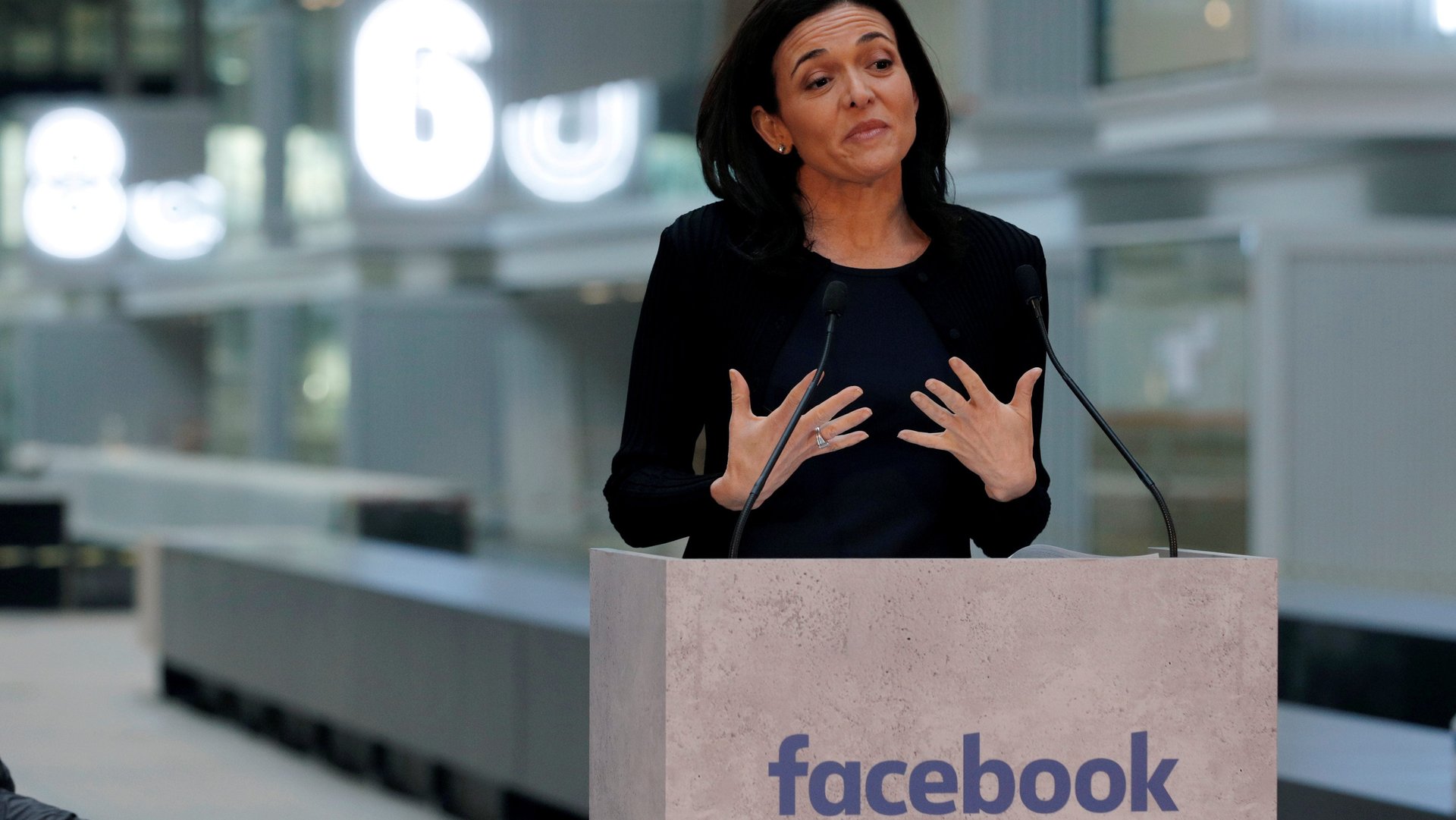Looks like Facebook’s latest feature may only make your “filter bubble” worse
Facebook has rolled out a new feature that lets users browse content they might be interested in but may not see as part of their regular newsfeed.


Facebook has rolled out a new feature that lets users browse content they might be interested in but may not see as part of their regular newsfeed.
It’s called Explore and, unlike the Newsfeed, it isn’t composed of posts from pages you like or people you follow—but it might as well be just that.
Content on the feed, which was previously available on mobile, isn’t random; it features posts similar to things you’ve liked in the past, or that your friends have, notes TechCrunch, which first reported and confirmed the rollout for desktop. You can easily compare it to Instagram’s somewhat addicting feature with which it shares a name.
A Facebook spokesperson told TechCrunch that it decided to introduce the feed because users told them “that they want an easy way to explore relevant content from Pages they haven’t connected with yet.”
By only reinforcing people’s existing interests, there seems to be the potential for perpetuating the so-called “filter bubble,” a phenomenon that many have criticized for isolating people from views different than their own, and for spreading fake news.
Facebook, of course, has an incentive to create bubbles: it wants users to spend more time engaging with its platform, and what better way to do that than showing people more things that they already like?
Facebook executives, including CEO Mark Zuckerberg, and more recently, COO Sheryl Sandberg, have been countering the “filter bubble” accusation, saying that the Newsfeed allows you to see more views than you would in a traditional news outlet. But as Recode wrote in April, the company’s introduction of an update that allows you to see “related” articles from other publications under a news post in your feed, “feels like Facebook is, at the very least, acknowledging [the filter bubble] might exist.”
For me, the feed, which is found, somewhat confusingly, in the sidebar of my Facebook screen that is also called “Explore”, and indicated with a rocket ship, looked like a less-enticing mirror image of my regular newsfeed, with pages related to the ones I already follow but that I haven’t bothered to “like,” or that I’ve simply overlooked, mixed in with some that I would never like in the interest of avoiding clutter. So I had pages for verticals from news organizations that I follow; brands from which I’ve made purchases; publications I read, but not religiously; some comedy content that I probably would find funny, but would rather not spend my time on; and, weirdly, a lot of universities. The two items that take me out of my Facebook bubble: a slightly horrifying video related to butchering meat (preparing a steak is a struggle for me), and a page called “It’s a Southern Thing” that one of my Facebook acquaintances “likes” (I’ve visited the US South, but I’ve spent my life thus far only on the East Coast and in Europe).
All that said, I did spend about 30 or 45 seconds watching a cool surfer-escaping-killer-whale video, suggesting the feature is probably effective at what the company wants it to achieve.